Wednesday, December 27, 2017
Grading the Doctor Who Christmas Specials
Monday, November 13, 2017
Thor and Wonder Woman's Progressions
Wonder Woman was very similar to Captain America: First Avenger in tone and subject matter but the character arc was closer to Thor: Ragnarok. In both movies, the hero is a god or demi-god who has to face a more-powerful sibling. Thor fought Hela, the Goddess of Death. Wonder Woman fought Aries, the God of War.
Monday, September 25, 2017
The Diversity Trap - Part 3
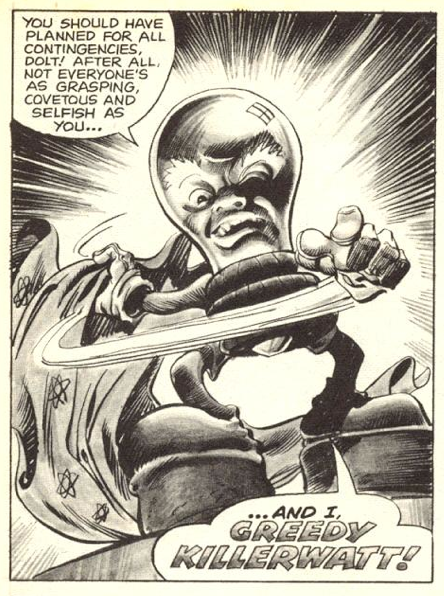
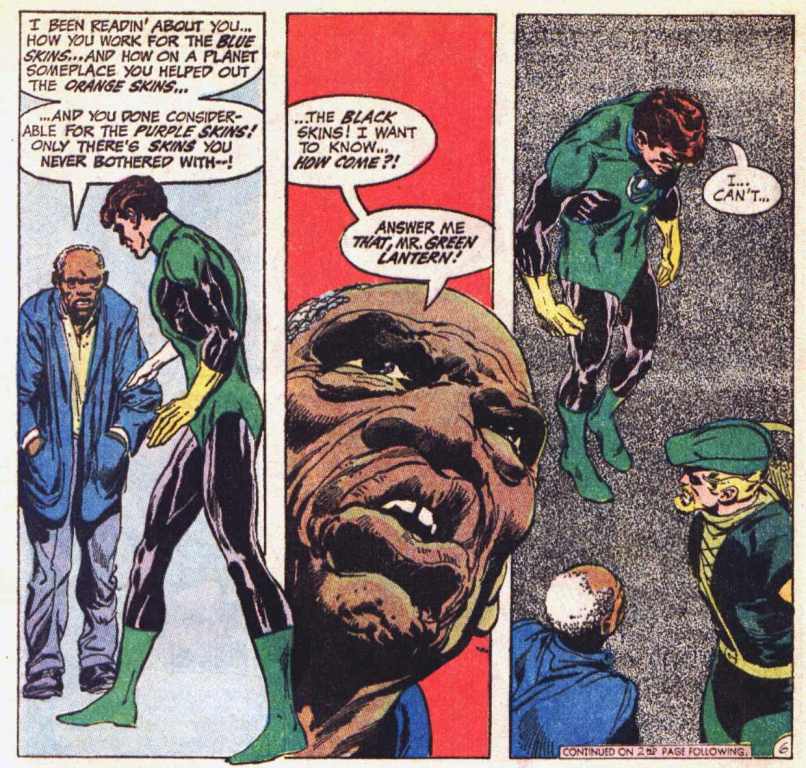
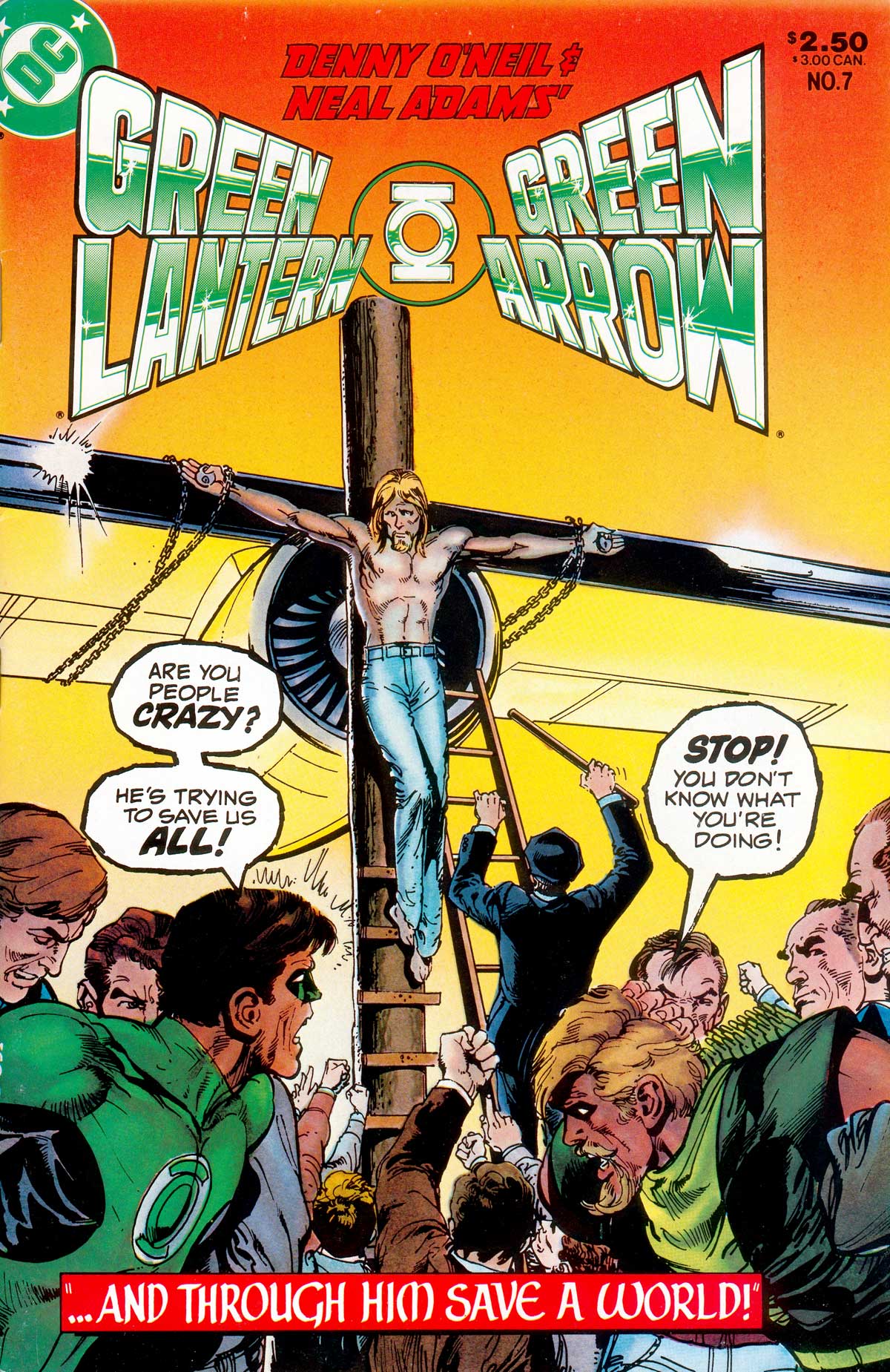


Saturday, September 23, 2017
The Diversity Trap - Part 2
Thursday, September 21, 2017
The Diversity Trap
Tuesday, June 20, 2017
The Arrowverse
Wednesday, June 14, 2017
Wonder Woman
Monday, April 10, 2017
Iron Man and the Arc Reactor
Friday, March 24, 2017
Iron Fist
Sunday, March 12, 2017
Can Storm Troopers Hit Anything?
The Death Star scooped up the Falcon, not having any idea who was in it or why. The exception to this was that Darth Vader sensed that Ben was near. Ben went to disable the tractor beam so they could escape. While waiting, the others discovered that Leia was on teh Death Star and decided to mount a rescue.
Saturday, January 14, 2017
Defending the Castles

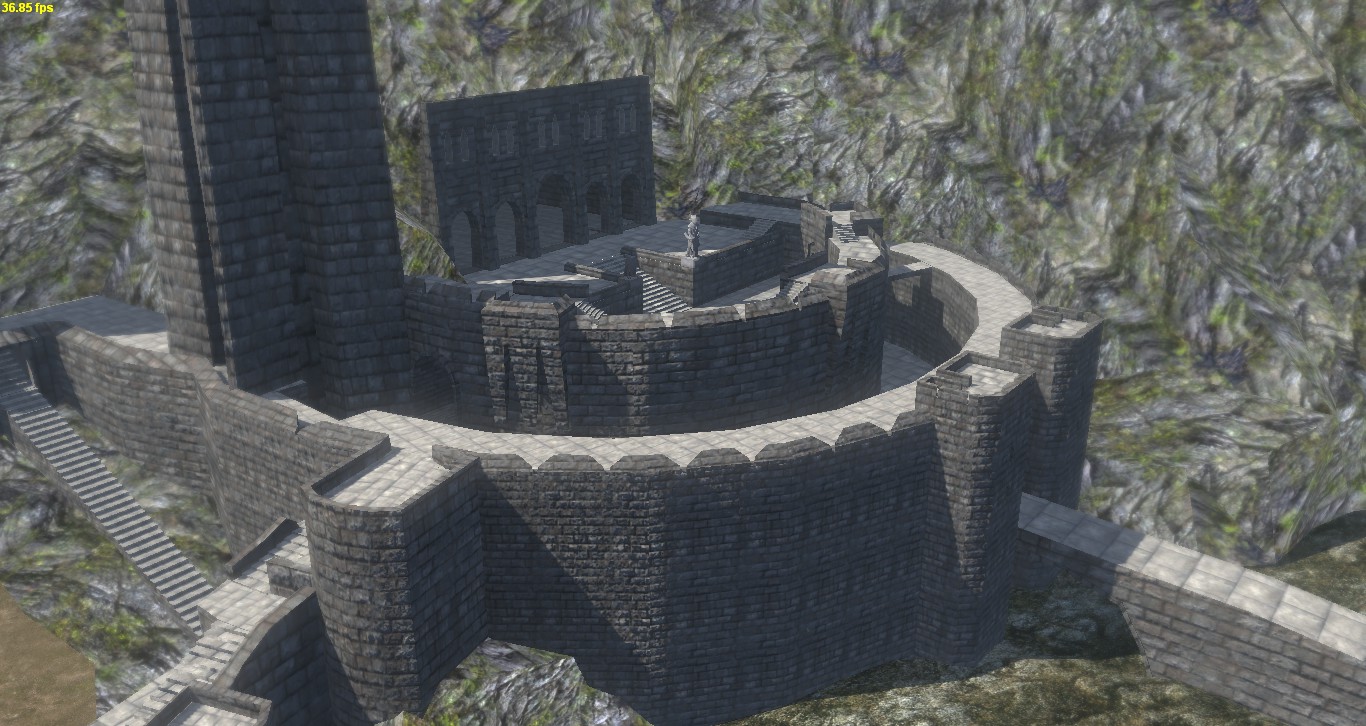
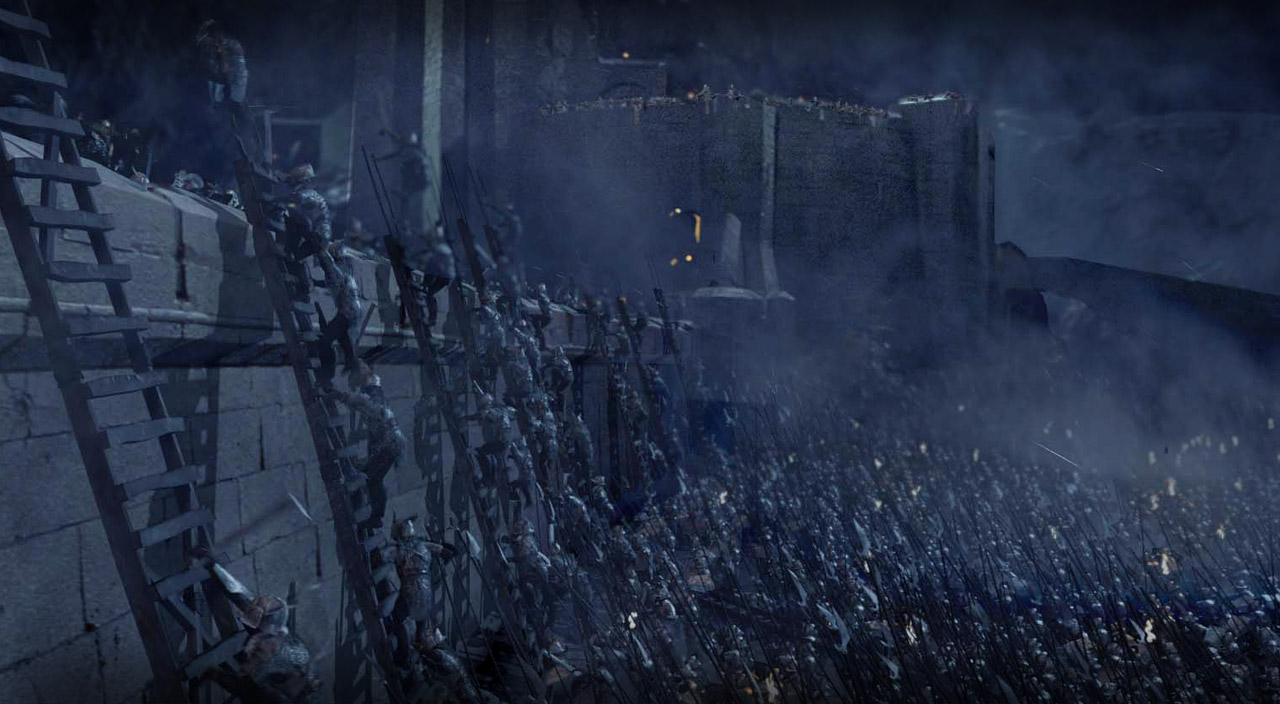
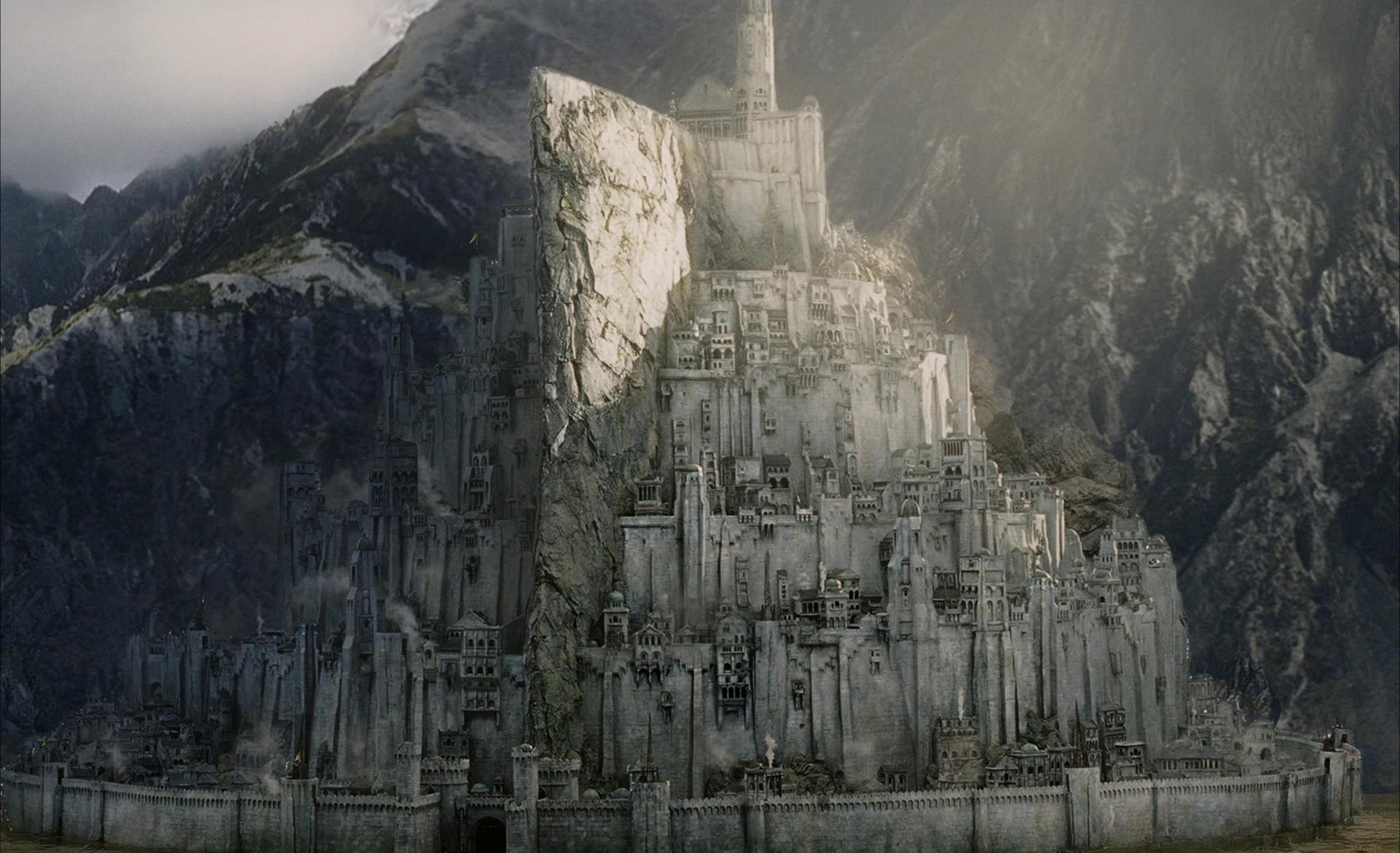

Tuesday, June 28, 2016
Dark Shadows
Monday, March 14, 2016
Plot holes that aren't
Thursday, February 05, 2015
The WikiGnome's Futile Struggle
The traditional rule states that the whole comprises the parts and the parts compose the whole. In strict usage: The Union comprises 50 states. Fifty states compose (or make up) the Union. Even though careful writers often maintain this distinction, comprise is increasingly used in place of compose, especially in the passive: The Union is comprised of 50 states. Our surveys show that opposition to this usage is abating. In the 1960s, 53 percent of the Usage Panel found this usage unacceptable; in 1996, only 35 percent objected.
And specyally he axyed after eggys. And the good wyf answerde that she coude speke no frenshe. And the marchaunt was angry for he also coude speke no frenshe but wold haue hadde egges and she vnderstode hym not. And thenne at laste a nother sayd that he wolde haue eyren. Then the good wyf sayd that she vnderstood hym wel
Thursday, August 07, 2014
Guardians of the Galaxy
Saturday, December 28, 2013
The Hobbit - good and bad
A lot of people are complaining about the adaptation of The Hobbit. I think that many of the changes are justifiable.
First, this is not a straight adaptation of The Hobbit and I don't think that most ticket-buyers want that. This is an adaptation of all of Tolkien's writings. He alluded to numerous events in The Hobbit and The Lord of the Rings. These are all shown.
In the book, Gandolf leaves the group half-way through. Dramatically, this was done to give Bilbo a chance to take over as the leader of the group. Without Gandolf, it is up to Bilbo to save the Dwarves from spiders and elves and to confront the dragon and eventually end the war.
When they meet Gandolf again he mentions that he was in an even bigger battle to the south. This was expanded in the Lord of the Rings where Gandolf discovered that the Necromancer they battled with was actually Sauron returned.
This sets things up for The Lord of the Rings which had not been thought of when The Hobbit was written.
The movies were made in reverse order so we know what is going to happen. A straight adaptation of The Hobbit would ignore this foreknowledge and disappoint the ticket-buying audience expecting a similar spectacle to the first set of movies.
Other points have been changed for dramatic impact or to fix plot holes. In the book, the dwarves have no plan for dealing with the dragon and there is no explanation of why they need a burglar. In the movie the idea is to recover the Arkenstone in order to rally the dwarf armies and kill the dragon.
Legolas wasn't invented until The Lord of the Rings but he was already hundreds of years old so he would have been there in The Hobbit. You can argue with the way he was inserted but he really needed to be there.
That's the good. The bad is in the execution. In The Lord of the Rings, most exterior shots were done outdoors with New Zeland acting as a special effect all by itself. In contrast, a lot of The Hobbit was shot in the studio and it shows. Murkwood went from an oppressive forest into a three-dimensional maze.
Many of the action scenes are over the top starting with the dwarves juggling Bilbo's dishes and continuing through the fights between the orcs and the elves and dwarves. These scenes would have more impact if they had been toned down. When a single elf can kill dozens of orcs single-handed without breaking a sweat there is no sense of danger. Compare that with Aragorn's fight against a single orc at the end of The Fellowship of the Ring. That was far more exciting.